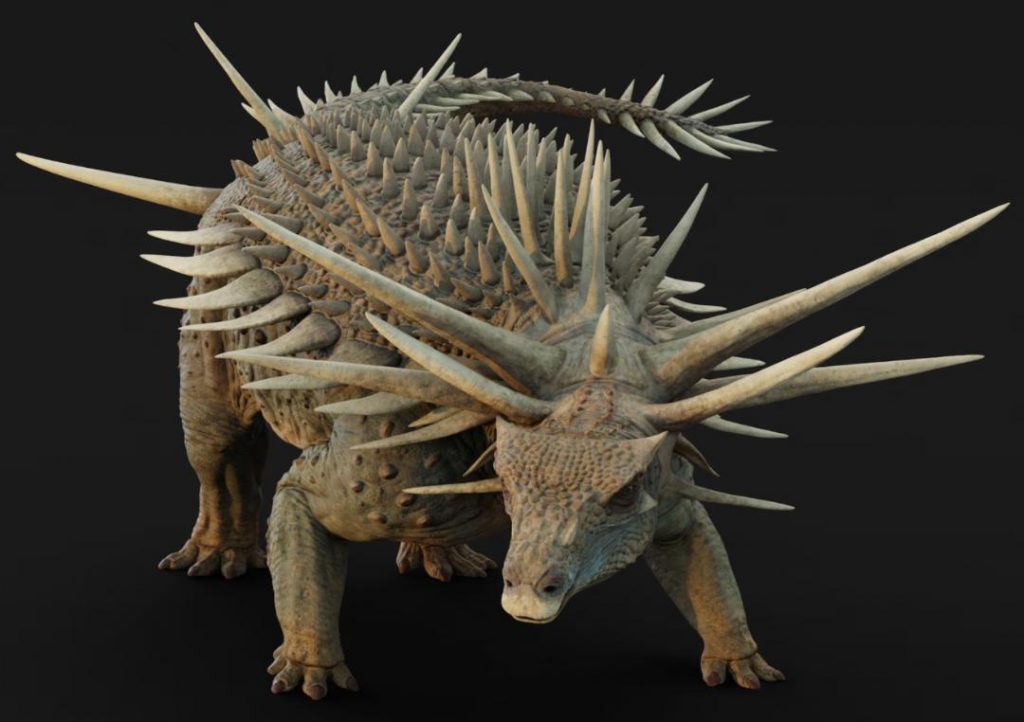
Jaw-droppingly Weird: Scientist on Armoured Dinosaur with Spikes
The world of paleontology is always full of surprises, and the latest discovery is no exception. Scientists have unearthed an armoured dinosaur species in Morocco, dating back an astonishing 165 million years. Meet Spicomellus afer, a 13-foot-long, one-to-two-ton behemoth with a peculiar feature – spikes sticking out from its neck.
As reported by Reuters, this extraordinary find has left scientists in awe. “The armour of Spicomellus is jaw-droppingly weird,” said palaeontologist Richard Butler, who was part of the team that made the discovery. This remarkable dinosaur is the oldest-known member of the ankylosaurs group, a family of armoured dinosaurs characterized by their distinctive body armour and club-like tails.
The discovery was made in the Atlas Mountains of Morocco, where a team of researchers from the University of Zurich and the Natural History Museum of Bern excavated the fossilized remains of Spicomellus afer. The team used advanced imaging techniques and 3D printing to reconstruct the dinosaur’s skeleton, revealing the unique spikes on its neck.
So, what’s the purpose of these spikes? Butler and his team believe that they may have served as a defense mechanism to deter predators. “It’s possible that the spikes were used to deter predators from attacking the dinosaur’s neck, where its most vital organs are located,” Butler suggested. This theory is supported by the fact that many other ankylosaurs had similar body armour, which may have provided protection against predators.
Spicomellus afer is not only remarkable for its unique spikes but also for its early appearance in the fossil record. Ankylosaurs are typically associated with the Late Cretaceous period, around 65-71 million years ago. However, Spicomellus afer dates back to the Early Cretaceous period, making it the oldest-known member of this group.
The discovery of Spicomellus afer provides valuable insights into the evolution of ankylosaurs and the diversity of life on Earth during the Early Cretaceous period. The team’s findings have been published in the journal Nature Communications, offering a fascinating glimpse into the lives of these ancient creatures.
The rediscovery of Spicomellus afer is a testament to the importance of ongoing research and exploration in the field of paleontology. As scientists continue to uncover new fossils and learn more about our ancient ancestors, we are constantly reminded of the awe-inspiring diversity of life on Earth.
Source:






